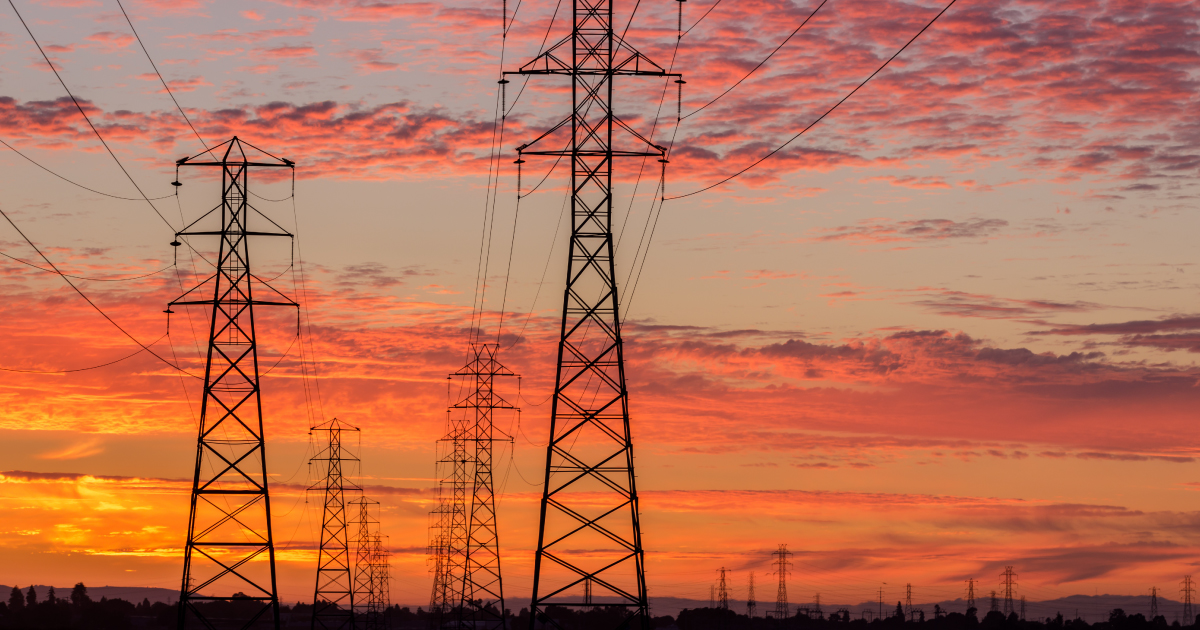Understanding Rolling Blackouts - NEC Coop
May 6, 2022 — Electric Tips at Home, Resources

In Texas, summer means spiking temperatures – and rolling blackouts.
The past month has given us warmer-than-average temperatures, and a hot summer of above-average heat may see Texans with another summer of close calls.
Also known as rotating outages, rolling blackouts are temporary and systemic outages directed by the Electric Reliability Council of Texas to balance the supply and demand of electricity. To limit the duration of outages in a specific area, your electric utility company will administer rolling outages one area at a time.
This is normally performed as a last resort in a series of emergency procedures performed once a shortage in the power supply is detected. The government agency that oversees the state’s power grid typically gives little to no notice about rolling blackouts. In many cases, emergency situations like this escalate rather quickly.
When the electricity supply is very low vs. the demand, the electric supply margin is low. To prevent a widespread, lengthy blackout, these temporary outages are implemented to help lessen the severity of the supply shortage.
How long does a rolling blackout last?
The emergency’s severity dictates the duration of the event. Of course, the utility company will do their utmost to limit each area’s duration. Once the energy emergency has ended, ERCOT will declare an end to it.
How can I prepare?
It takes being prepared with the right information to keep your family comfortable and safe. Have the rights supplies ready as well. Read our quick tips on how to prepare for a power outage.
As a customer, what can I do to help prevent rolling blackouts?
Extreme weather causes power outages, including rolling blackouts. Furthermore, it heightens the demand for more electricity, and one of the best ways we can help reduce energy demand is to lower our usage.
- To help circulate air, use ceiling fans. Turning the fan in a counter-clockwise motion will help release a downdraft, helping cool a room.
- Avoid using power-hungry appliances from 3 PM to 7 PM. Be sure to set the thermostat to a higher temperature when no one is home.
- Raise your thermostat’s temperature by 2-3 degrees, most especially during peak hours.
For more tips on energy efficiency, visit NEC Co-op Energy’s blog.
Sources:
“What is the Difference Between Brownouts and Blackouts?” CD & Power, https://www.gotpower.com/brownouts-and-blackouts/
“Rolling blackouts: What they are and why they happen,” Nexstar Media Wire, https://wreg.com/news/rolling-blackouts-what-they-are-and-why-they-happen/

